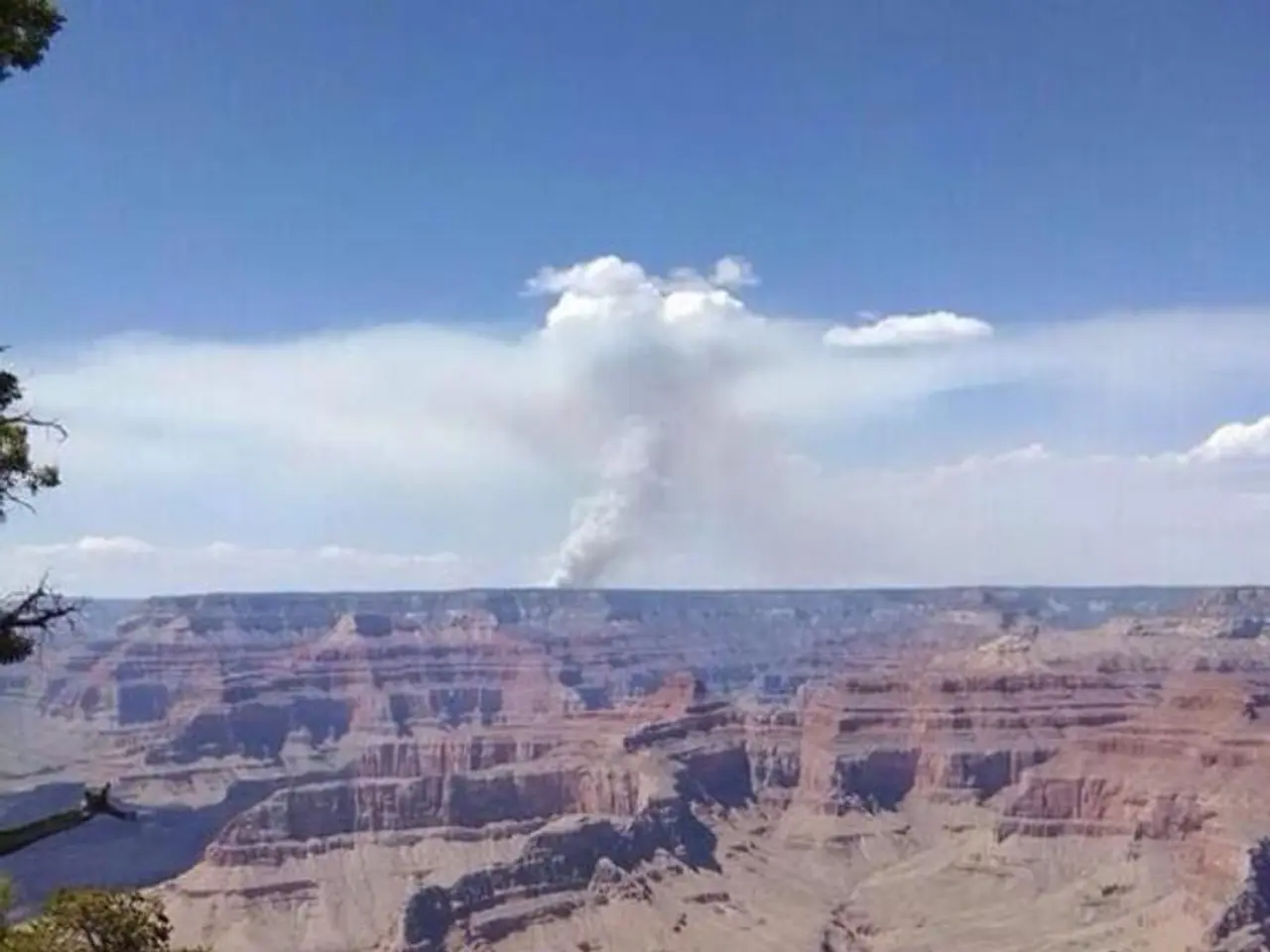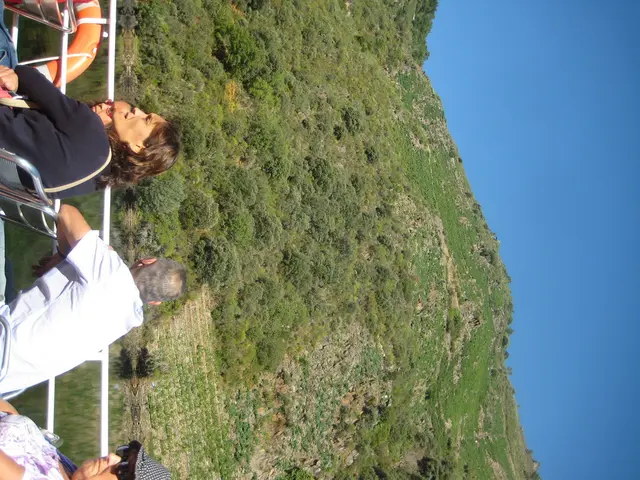Essential Advice for Hiking the Grand Canyon
**Exploring the Grand Canyon: A Beginner's Guide to Hiking**
The Grand Canyon, a natural wonder of the world, offers a unique hiking experience for both seasoned trekkers and beginners. With its breathtaking vistas, rich history, and diverse trails, the park is an ideal destination for those seeking adventure and stunning landscapes.
For beginners looking for a manageable hike, the Grand Canyon offers several trails that provide stunning views without demanding advanced fitness or extensive experience. The Bright Angel Point Trail on the South Rim, for instance, is a short and easy hike offering panoramic views without strenuous effort. Another easy trail is the Cape Royal Trail on the North Rim, which boasts beautiful overlooks suitable for all skill levels.
The Trail of Time, also on the South Rim, is a mostly flat, educational trail along the rim that is perfect for a gentle walk and learning about the canyon's geology. The Ooh Aah Point Trail and South Rim Trail, both offering easy walking paths along the rim with great vistas, are also suitable for beginners.
For those looking to explore more of the park on foot, the Transcept Trail loop is noted as an easy hike accessible to any fitness level, making it a great option for beginners.
First-time hikers in the Grand Canyon are recommended to choose a corridor trail like Bright Angel or South Kaibab. It's important to remember that hiking out of the Grand Canyon is harder than hiking in, with most people climbing at 1-2 mph compared to 2-3 mph when going down.
Giving yourself at least 3 days to visit the South Rim, including sightseeing and hiking, is advisable. Tusayan, 10 minutes outside of the park, offers a variety of accommodation options, from chain hotels to off-brand options, with a free shuttle into the park.
Hiking to the river and back in one day should only be done with a lot of experience and top fitness. The Grand Canyon is a magnet for lightning, with about 25,000 strikes a year, so it's advisable to avoid hiking if a thunderstorm is forecast.
The park's extreme elevation and temperature can be more challenging than expected. The average elevation at the South Rim is 6,800 feet (about 2,070m), which can be colder than expected, even in the summer. The North Rim, closer to Zion National Park and Las Vegas, is at a higher elevation, averaging around 8,000 feet (about 2,440m).
The Grand Canyon National Park Updates Page should be checked for current conditions, as roads, water, and trails may be impassable. In the summer and fall (July-September), there is a "monsoon season" with severe thunderstorms and flash-flooding.
Hiking in the Grand Canyon during extreme heat (over 100F) can lead to heatstroke and heat exhaustion, which are preventable. It's recommended to leave at sunrise to avoid crowds and hike between 10am-4pm when it's hot.
Cell phone reception and WiFi are limited in the park, particularly outside the Visitor's Center and lodges. Hiking gear can be rented and bought at the Grand Canyon Village Market. Energy gels are easier to consume during strenuous hikes and can be useful as a pick-me-up on the way back up.
Dry streams can turn into raging rivers during thunderstorms, so it's important to avoid hiking in such conditions. Trekking poles can help prevent falls while hiking in the Grand Canyon.
For first-time visitors, the South Rim is recommended. The park consists of two parks: South Rim and North Rim, separated by approximately 11 miles. Grand Canyon Village offers accommodation, with El Tovar being the fanciest option. Camping is also available.
The Grand Canyon has a history of mining, with the 1890s Grandview Trail offering a glimpse into the lives of miners. Yaki Point, Maricopa Point, Powell Point offer the best sunrises, while Pima Point, Mohave Point, Hopi Point, and Yaki Point provide the best sunsets.
A National Parks Pass provides entry for an entire car and all passengers to all USA lands. It's advisable to check the pass's requirements and validity before your visit.
The Grand Canyon is a must-visit destination for any nature lover or hiking enthusiast. With its diverse trails, stunning landscapes, and rich history, the park offers an unforgettable experience for all who venture within its boundaries.
- With the Grand Canyon's diverse trails, it's an ideal destination for those seeking adventure and stunning landscapes, particularly for beginner hikers.
- The Bright Angel Point Trail on the South Rim and the Cape Royal Trail on the North Rim are easy trails suitable for beginners, offering beautiful overlooks and panoramic views.
- The Trail of Time, South Rim Trail, Ooh Aah Point Trail, and the Transcept Trail loop are other trails that cater to beginners, providing easy hikes along the rim with great vistas.
- First-time hikers in the Grand Canyon are recommended to choose a corridor trail like Bright Angel or South Kaibab, remembering that hiking out of the Grand Canyon is harder than hiking in.
- Giving yourself at least three days to visit the South Rim, including sightseeing and hiking, is advisable, with Tusayan offering a variety of accommodation options just outside the park.
- It's important to avoid hiking if a thunderstorm is forecast in the Grand Canyon, as the park can be a magnet for lightning with about 25,000 strikes a year.
- Hiking gear can be rented and bought at the Grand Canyon Village Market, and energy gels can be useful during strenuous hikes as a pick-me-up on the way back up.




